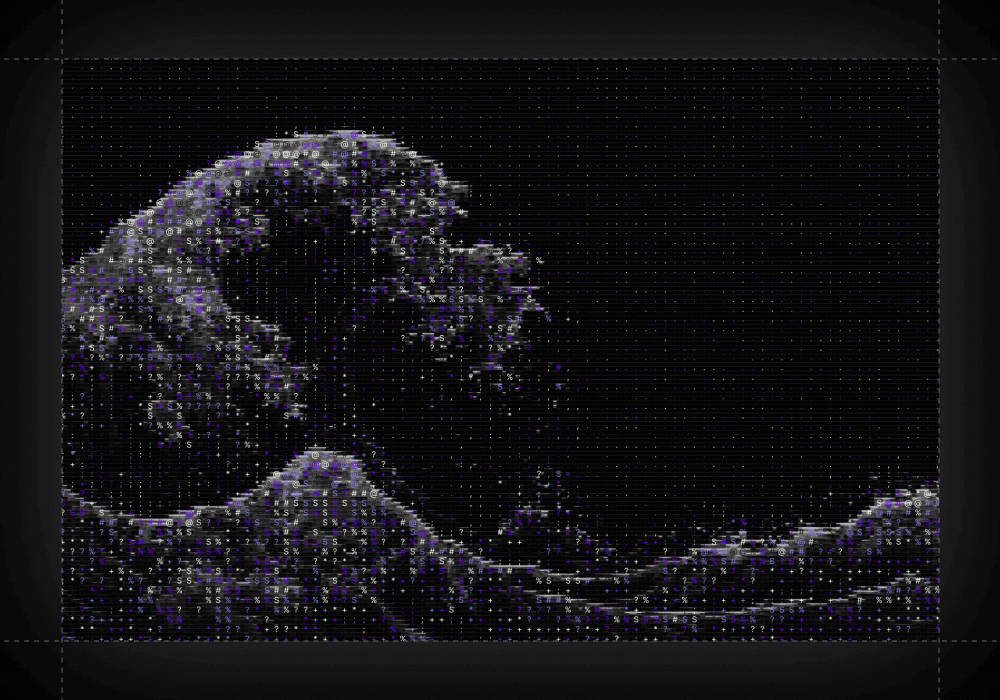Announcing Our Investment in Photys Therapeutics

Share

We’re pleased to announce 8VC’s participation in the $75 million Series A for Photys Therapeutics, led by MPM Capital and joined by Omega Funds, Longwood, Arkin Bio, Mass General Brigham Ventures, MRL Ventures Fund, Eli Lilly and Company, and Heritage Medical Systems. Photys is pioneering the use of PHICs, a new class of medicines that can control the modification of proteins and address a number of important diseases that were previously undruggable.
Teaching Small Molecule Drugs New Tricks
Most small molecule drugs have historically relied on the traditional paradigm of protein inhibition, and this approach has proven to be wildly successful. Throwing a wrench in the gears of disease-related pathways has led to bestselling drugs like Lipitor and Prilosec. Yet natural evolution has never limited itself to merely inhibiting function. At 8VC, as we think about scientific fields in an investing context, two key questions we ask are 1) how has biology evolved to accomplish this task and 2) what conclusions can we draw from the evolutionary solutions?
The biological machinery of a cell is complex and vast, and its homeostasis is not driven solely by protein inhibition, but much more commonly by protein modulating other proteins. This allows for fine-tuned control of the machinery including localization, downregulation and upregulation, increased or decreased downstream signaling, and countless other functions. Post-translational modifications (PTMs) are a common means of modulation, facilitated by protein-modifying enzymes that require close proximity to their targets in order to add or remove a PTM. When it comes to influencing protein activity, nature has evolved thousands of enzymes for PTMs, a clear sign that this is a fruitful avenue to explore for medicines.
Over the past two decades advancements in chemical biology and small molecules led to the birth of a new modality called bifunctional small molecules, which can bind to two different proteins and bring them together. This approach unlocked our ability to modulate proteins, as the molecule can recruit a protein-modifying enzyme to the target protein, resulting in the desired PTM. The first major wave of rationally designed bifunctional small molecules in the clinic were driven by Proteolysis targeting chimera (PROTACs) - bifunctional molecules that can trigger degradation of a target through addition of a PTM. While targeted protein degradation is a compelling frontier of medicines, there remains a large opportunity in modulating PTMs broadly.
Introducing Photys
Photys Therapeutics is one of the first companies to apply these principles of protein modulation through the usage of bifunctional small molecules that control the phosphorylation state of proteins. Amit Chaudhary’s group at the Broad Institute extended the idea of PROTACs to phosphorylation, leading to the invention of Phosphorylation-Inducing Chimeric Small Molecules (PHICs) that can precisely add phosphate groups to target proteins. This is an exciting breakthrough, as dysregulation of phosphorylation is involved in several diseases. Phosphorylation is the most ubiquitous PTM in a cell, influencing a wide range of protein functions including activation/inactivation, stabilization, degradation, and trafficking and involved in several key diseases across oncology, immunology, metabolic disorders, and others. Photys Therapeutics is poised to tackle several of these possible target areas.
Development of any new modality requires significant R&D and can be a risky endeavor. We see PHICs as being advantaged, given the tailwinds involved in development, namely the (1) significant body of literature around kinase biology and toolbox of existing binders, and (2) established assays around phosphoproteomics that enable measurement of on-target and off-target phosphorylation. Kinases have been one of the most well-studied protein classes given their critical role in biology, particularly cancer, and a wide range of approved kinase inhibitors, binders and tool compounds can support PHICs development. Additionally, decades-long work in phosphoproteomics has resulted in many assays to measure phosphorylation, which simplifies assay development for PHICs. By leveraging a significant body of literature and existing compound libraries, Photys starts the drug development race halfway to the finish line.
Taking something as ambitious as Photys from an idea to a company requires a visionary founding team with world-class abilities in research science, translational medicine, drug development, and commercialization. Cofounder Dr. Amit Choudhary, of Harvard Medical School, the Broad Institute, and Brigham and Women’s Hospital, is one of the most eminent figures in genome editing and bifunctional molecule creation. He is joined by co-founders David Steinberg and Lizzie Ngo at Longwood Fund, Chief Scientific Officer Dr. Edward Holson has spent two decades in drug discovery as a scientist, CSO, and director, with stints at Merck and the Broad Institute, among others. Recently named CEO Brian Fenton was previously Chief Business Officer of Translate Bio, a leading mRNA therapeutics company acquired by Sanofi for $3.2 Billion USD.
Our Thesis in alt-TACs
The recent advances in chemical biology and small molecule design present a huge opportunity in bifunctional small molecules that can modulate PTMs and other forms of non-genetic control, and we call this modality “alt-TACs.” Although PROTACs represent the most advanced class of bifunctional molecules today, we’re excited about the possibility of modifying dozens of other clinically relevant PTMs and inducing novel biology.

For instance, controlling phosphorylation states can fight cancer by dephosphorylating the substrate of oncogenic kinases. Induced acetylation of tumor suppressors can stabilize the protein, and modulating glycosylation, such as the removal of aberrant sialylation on cancer cells, can further engage the immune system for oncology use cases. The possibilities are endless, since cells contain numerous enzymes and targets (approximately 2,500 and 25,000 respectively), and each PTM represents a large swath of opportunities and target space. Moreover, bifunctional molecules are not limited to protein targets. Nuclease-targeting chimeras (NUTACs), for instance, can recruit a ribonuclease to a specific RNA structure and degrade desired RNA targets. Further progress in this sector could birth small molecules for RNA editing or modification, by recruiting enzymes like ADARs and poly-A polymerase, or control transcription by inducing specific protein assemblies on polymerase complexes.
We think these alt-TACs represent an incredibly exciting opportunity to modulate biology broadly, and are excited to continue investing and building in this space. Simultaneously, we see great strides being made in the advancement of technologies for rapid development of binders and molecules (e.g. improved screening technologies like DNA-encoded libraries through new chemistries and higher throughput) as well as measurement of PTMs through improved assays (proteomic or otherwise). We expect PHICs to blaze the trail for the future development of alt-TACs, and look forward to everything Photys will contribute to medical science and patient care.








.png)




.gif)